The tech world is evolving at a rapid pace, and 2025 promises to bring even more transformative changes to the global supply chain.
According to the World Economic Forum, the trade finance gap globally could reach USD 2.5 trillion by 2025. However, emerging technologies like digital currencies and blockchain are helping bridge this gap, enabling smaller organizations to strengthen their position in the global value chain.
From cloud computing and AI to sustainability efforts and the rise of quantum technology, here’s a look at the top trends impacting the tech supply chain in 2025.
1. The OECD Tax Deal: A Potential Source of Trade Tensions
The ongoing negotiations by the Organisation for Economic Co-operation and Development (OECD) to establish a global tax framework are expected to have far-reaching implications for multinational tech companies.
The proposed global tax agreement includes a minimum 15% corporate tax rate and a reallocation of tax revenues to jurisdictions where companies generate revenue.
However, without a consensus, countries may introduce their own digital services taxes (DSTs), potentially sparking trade tensions, particularly between the US and countries in Europe or Asia.
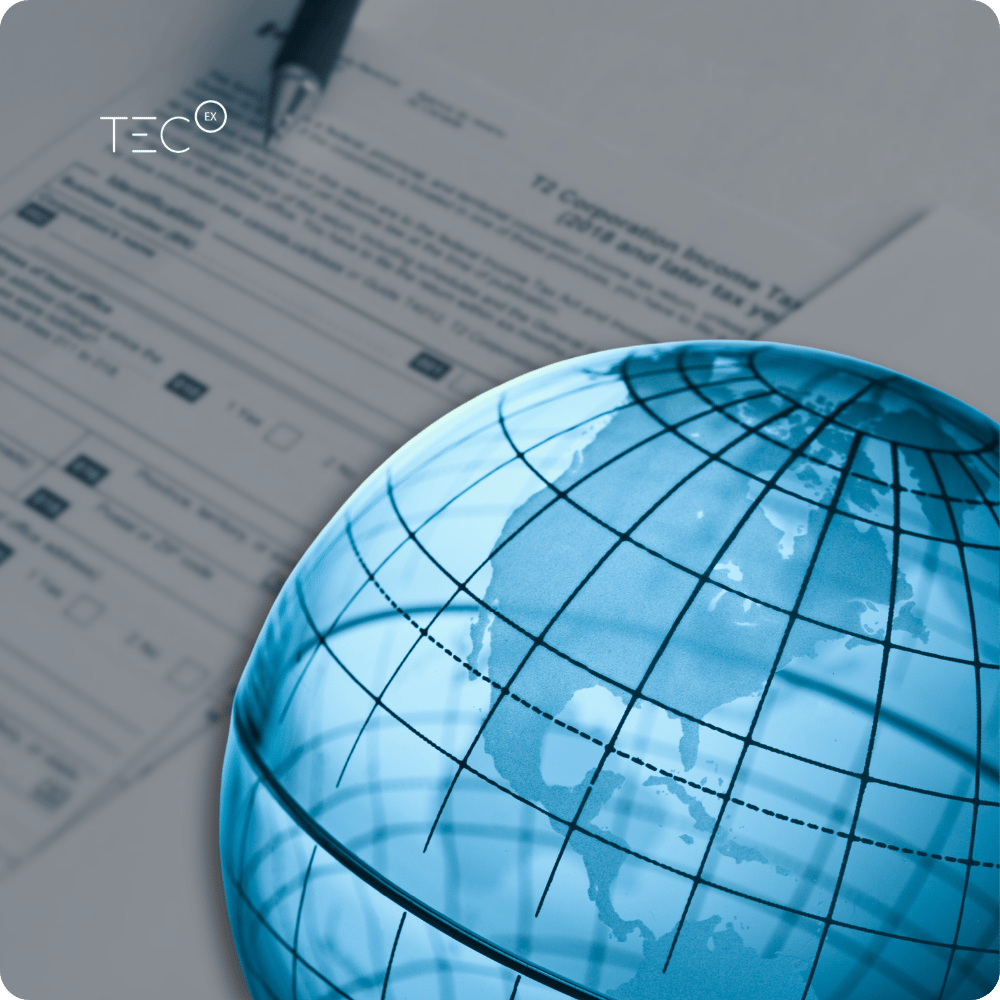
This issue could significantly affect global digital trade, potentially having ripple effects across the entire tech trade. Companies will need to navigate these tax complexities to ensure compliance and minimize disruptions in international operations.
2. The Rise of Cloud Computing
Cloud computing has redefined procurement and supply chain management in recent years. As we move further into 2025, its impact on global trade continues to grow.
Cloud-based Software as a Service (SaaS) platforms are enabling organizations to automate workflows, optimize purchasing processes, and access real-time data from anywhere.
For companies operating in the global tech trade, cloud solutions provide the flexibility and scalability needed to manage business operations across multiple regions.
This technological shift is reshaping how companies source and deliver products, making international trade faster and more efficient.
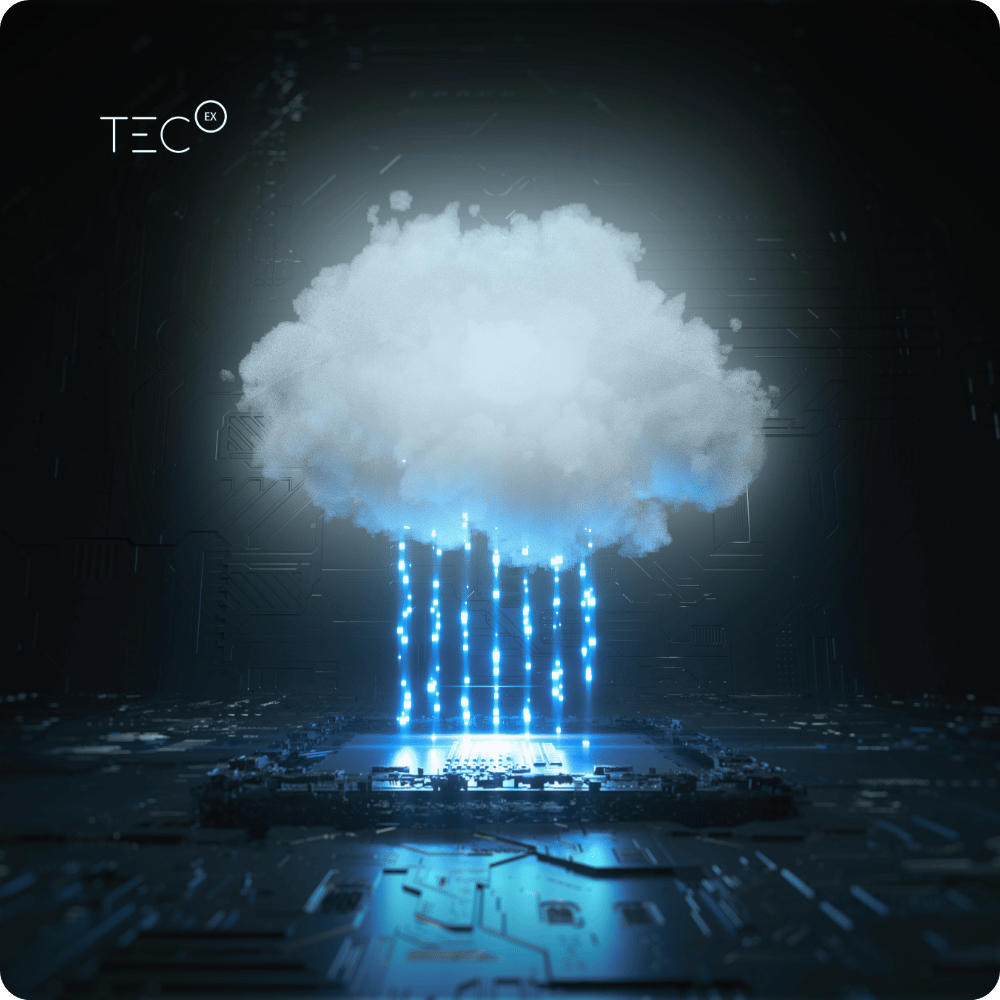
3. AI and Data Analytics: A Game Changer for Tech Supply Chains
Artificial Intelligence (AI) and data analytics are enabling companies to optimize procurement strategies, forecast demand more accurately, and assess supplier risk with unprecedented precision.
As AI-powered platforms gain traction, tech companies can predict disruptions before they occur, enhancing their ability to make informed decisions.
Data analytics also offers actionable insights into demand trends and inventory management, driving efficiency across the value chain.
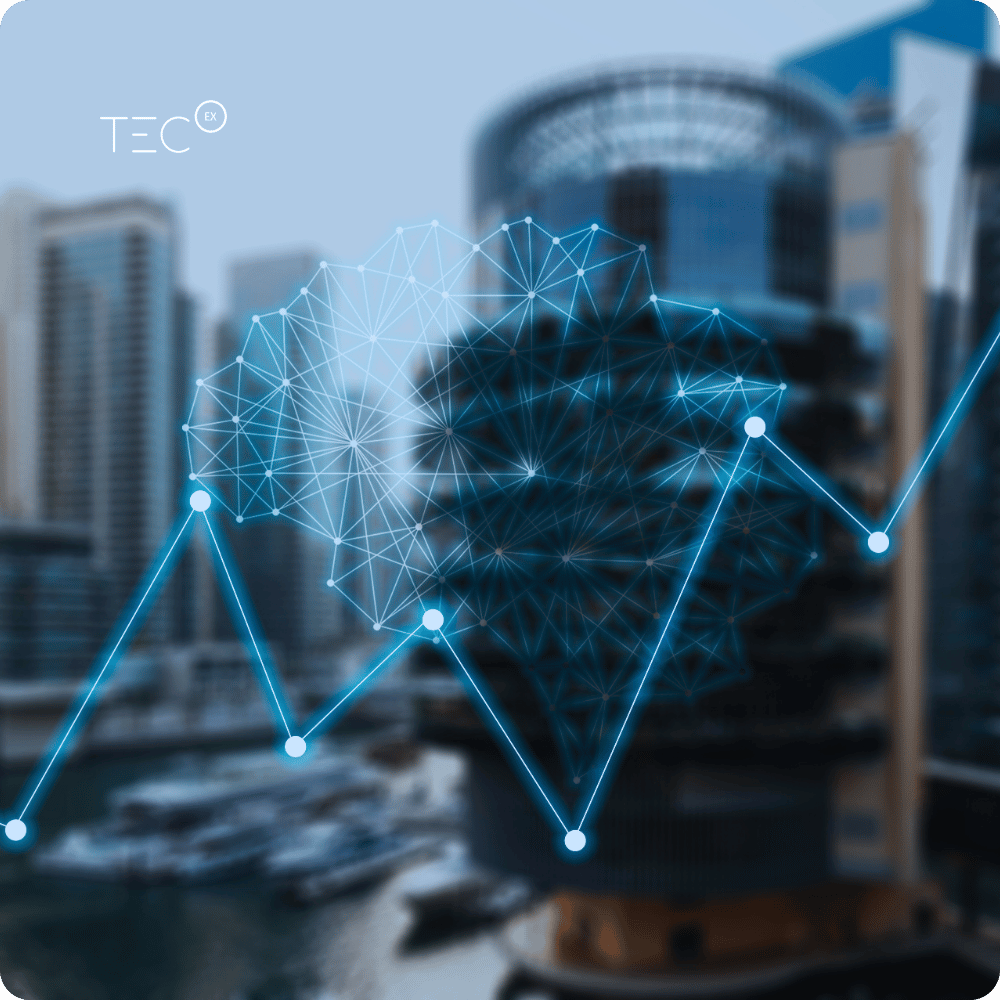
As AI technology continues to evolve, replacing older hardware like CPUs with more powerful and efficient GPUs is becoming crucial for maximizing performance and scalability.
We help facilitate this transition by providing expert guidance on import/export compliance and ensuring seamless customs clearance for your cutting-edge AI applications.
4. Sustainability and Ethical Sourcing: A New Business Imperative
Sustainability is no longer a buzzword—it’s a critical aspect of modern business operations. With increased awareness about environmental impacts and social responsibility, tech companies are prioritizing sustainable sourcing practices.
Ethical labor practices, eco-friendly manufacturing, and green procurement policies are becoming key criteria in supplier selection.
In 2025, as consumers and investors increasingly demand corporate accountability, the emphasis on sustainability will drive innovation and regulatory compliance, impacting the way businesses source components and manage global operations.

5. Greater Deterrence Against Cyberthreats: A Strategic Shift in Cybersecurity
As cyberattacks become increasingly sophisticated and frequent, companies are placing more emphasis on proactive cybersecurity measures.
In 2025, we’ll see a shift toward a deterrence-focused approach, with businesses investing in advanced cybersecurity technologies such as Software Supply Chain Protection (SSCP) and Cyber Asset Attack Surface Management (CAASM).
These tools help companies better understand and manage their cyber assets, ensuring that they remain secure. With the rise of cloud applications and interconnected systems, robust security is critical to maintaining trust in international trade and preventing costly disruptions.
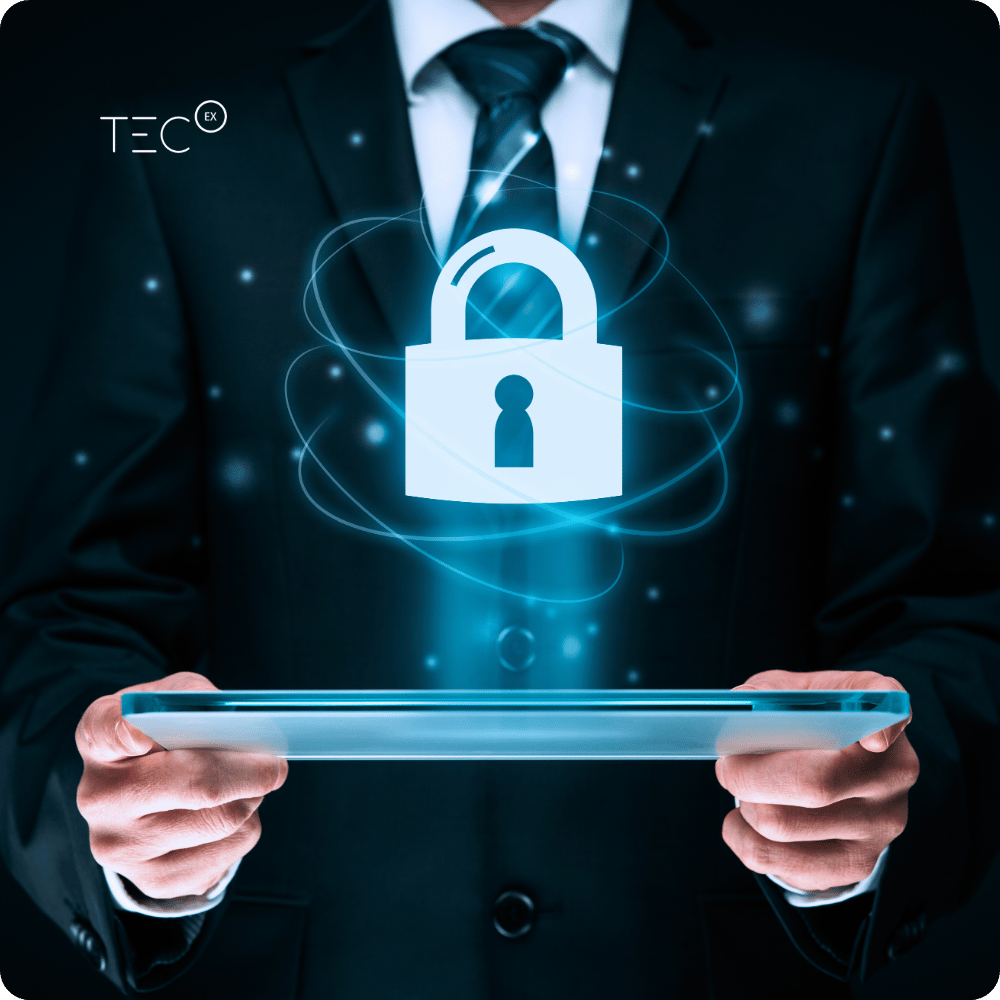
6. The International Year of Quantum Science and Technology 2025: A New Frontier
UNESCO has designated 2025 as the International Year of Quantum Science and Technology, marking a significant milestone in the evolution of quantum computing.
Though quantum computing is still in its early stages, its potential to revolutionize industries is immense. In the near term, the focus will be on enhancing encryption methods, as quantum technology has the power to break current encryption standards.
As companies invest in quantum technologies, the impact on supply chain security, data management, and processing capabilities will become increasingly evident. This breakthrough technology will eventually influence industries like medicine, finance, and logistics, reshaping the global tech landscape.

Honorable Trend Mentions: The Next Frontier in Tech Innovation
While the tech trends above are set to dominate the tech landscape in 2025, a few emerging technologies deserve an honorable mention:
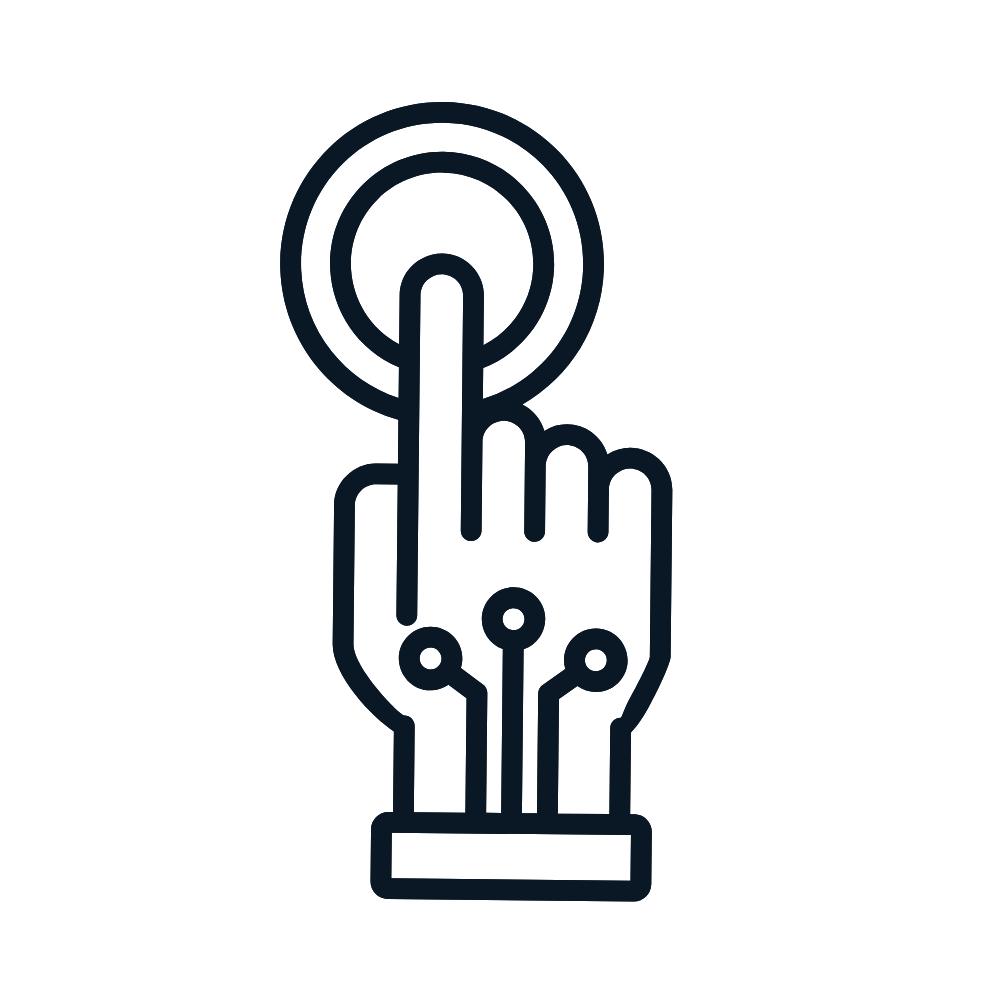
Human-Machine Interfaces & Neuromorphic Computing
These technologies, which bridge the gap between the human brain and computers, are pushing the boundaries of what’s possible in healthcare, defense, and robotics. Startups in these fields could lead the way in neurological enhancements and cognitive computing.
.png)
Extended Reality (XR)
The XR market, encompassing VR, AR, and MR, is expected to reach $125 billion by 2025. Companies integrating XR technologies into their offerings will have a competitive edge in industries such as real estate, healthcare, and retail.

6G Standardization
While 6G is still in its early stages, the standardization process will begin in 2025. As telecom companies work to define the next generation of connectivity, the global tech world will be impacted by faster, more efficient networks.
How These Tech Trends May Impact the Global Tech Trade
For one, cloud computing and AI will enable companies to gain deeper insights into their operations, improving efficiency and reducing risks associated with global trade.
At the same time, sustainability and ethical sourcing will pressure businesses to align with consumer expectations, driving more transparent and eco-conscious supply chains.
However, regulatory challenges, like the OECD tax deal and evolving cybersecurity threats, will require companies to stay agile and compliant.
Finally, the rise of quantum computing offers an exciting glimpse into the future, where technological advancements could exponentially increase processing power and change how international tech trade operates.
Navigating the Future of Tech Trade
As these trends evolve throughout 2025, businesses in the tech sector must stay ahead of the curve to remain competitive. The ability to integrate new technologies while maintaining compliance with international trade regulations will be key to success in the global marketplace.
At TecEx, we specialize in import and trade compliance for cross-border tech trade, helping businesses navigate the complexities of global supply chains. Whether you’re managing cloud integrations, adhering to sustainability practices, or dealing with emerging tax frameworks, we provide the expertise and solutions needed to ensure smooth, compliant operations across borders.

